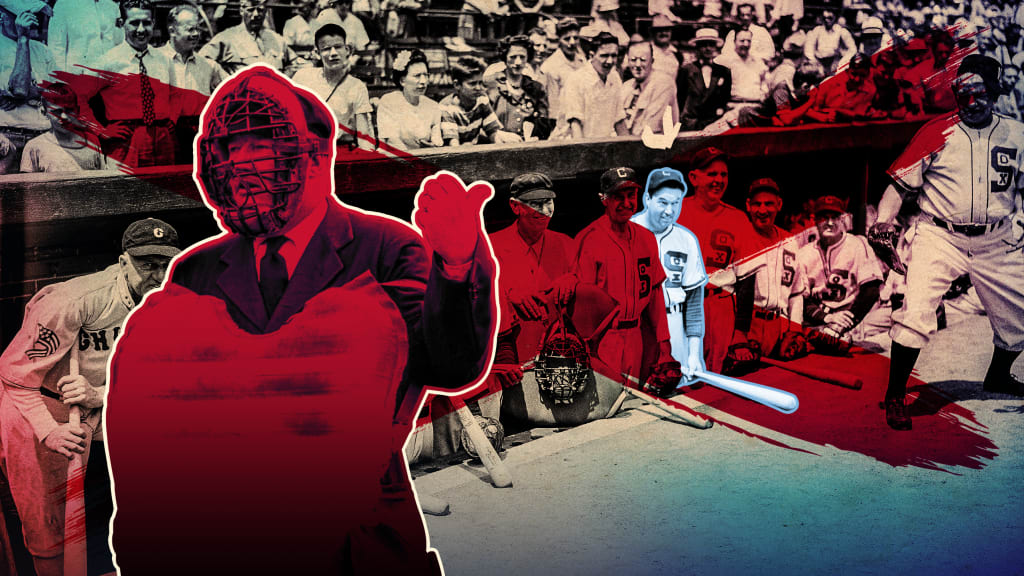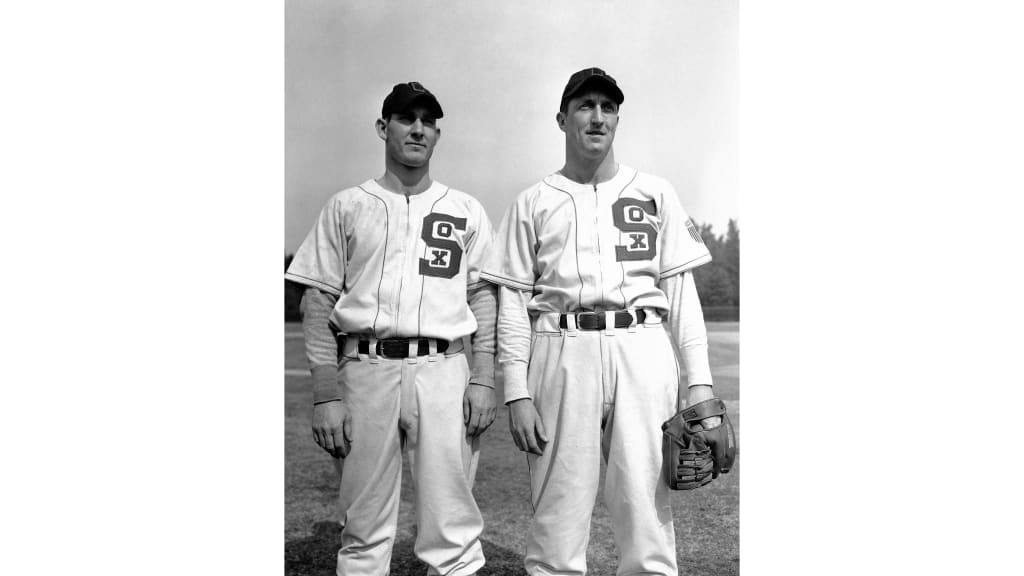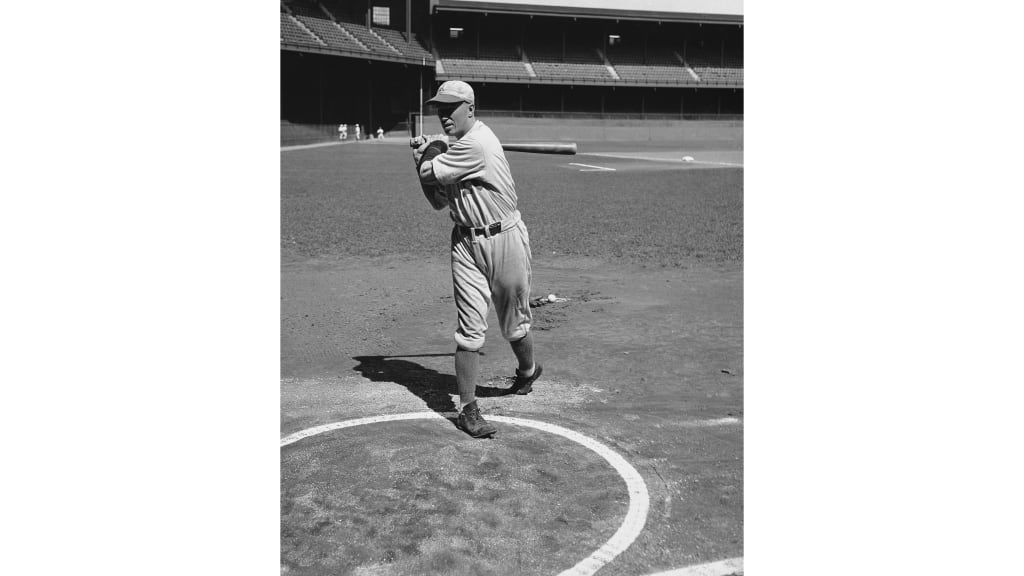
In a baseball game, even a single ejection can turn into a big event. They lead to arguments. Faces get red, fingers get pointed and, sometimes, even bases get stolen.
So can you imagine the scene if 10 players were to get tossed? What if an entire dugout got sent off? That's exactly what happened on July 19, 1946, when umpire Red Jones ran 14 members of the White Sox in a game against the Red Sox at Fenway Park.
It started innocuously enough. In the third inning, White Sox starter Joe Haynes threw a pitch at Red Sox star Ted Williams that forced the Splendid Splinter to hit the deck. In response, Jones gave Haynes a warning.
Instead of putting an end to rising tensions between the teams, what ensued was an all-out war between dugout and umpire.

Years later, Jones was asked about the incident during an interview with a Detroit radio station -- which Motown Records released on a full-length album. By that time, he had a reputation as a comedian, so it's not clear how much of the interview was truth and how much was exaggeration. Yet, much of what he said is in line with other accounts of the game, so it's worth considering.
According to Jones, the heckling didn't start immediately after he issued that first warning. Haynes got to throw one more pitch, which he said Williams hit out of the park -- although the box score shows Williams hitting a single in that at-bat in question.
Either way, White Sox manager Ted Lyons went out to the mound following Williams' at-bat and began wasting time to let a new pitcher warm up. When Jones walked over to try and speed things up, Lyons blamed him for Williams getting a hit, saying that the ump's warning had distracted Haynes.
When he got back to home plate, Jones says, he heard an unidentified individual shouting "Meathead" at him from the third-base dugout. Jones called Lyons out to ask him to put a stop to it, to which Lyons responded, "You started it."
Jones then issued his first ejection. It would not be his last.
You see, the ejection didn't send the intended message: The heckling soon began again. Frustrated, Jones turned to the dugout and ejected the first three guys he saw.
Still, the heckling wouldn't stop. By the time 20 minutes had passed, everyone on the bench had been sent off. "The distraught Jones thumbed one fellow after another out of the game until he'd cleaned off the bench," the New York Times wrote, "and still that eyrie voice continued."
White Sox outfielder Wally Moses -- an old friend of Jones' -- was one of those victims and, on his way off the field, he tried to appeal. Jones' response: "It’s just like a raid on a whorehouse. The good go with the bad.”
The bench was now clear of possible hecklers and play could resume in peace -- or so Jones thought. When he returned to home plate, he once again heard heckling coming from the direction of the visitors' dugout. But there was no one there; Jones had seen to that. How was he still getting an earful?
In The Sporting News story from the game, it was suggested that a ventriloquist was behind the voice Jones couldn't seem to escape. "The Chicago White Sox have a ventriloquist on the team," Ed Burns wrote, "and despite intensive research ... Jones is not sure of the identity of the artist, or culprit."
The presence of a malicious ventriloquist on a Major League roster is definitely the most entertaining possible explanation, so naturally, that's what caught on.

There's one problem, though: It doesn't seem to be true.
Jones walked over to the dugout for a more thorough look. When he entered, he saw two feet protruding from a windbreaker hanging from a nail in the corner. He pulled the windbreaker down and found third base coach Mule Haas -- the true source of the heckling -- standing behind it.
Apparently, this was textbook Haas. Third baseman Dario Lodigiani said the coach was an expert at mimicking the sound of flatulence. "Haas used to pull the raspberry like this" Lodigiani said, mimicking his coach's skill, "and the umpire didn't know who to blame, so he tossed the whole dugout."
"He'd hide down on the runway and come back and let the blast go," he said.
Having finally uncovered -- literally -- the source of his long torment, Jones was ready to resume play in peace and quiet ... not to mention a barren dugout to his left.
The lengthy delay and Haas' antics only prolonged the inevitable for the White Sox, who lost 9-2 in the contest. It probably didn't help that all their reserves and most of their coaching staff weren't available. For that, they likely had their own coach to thank.
